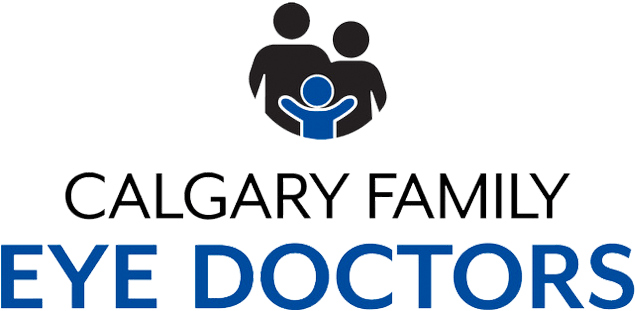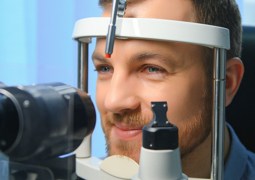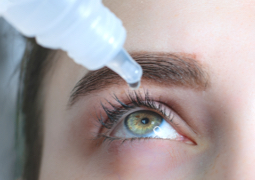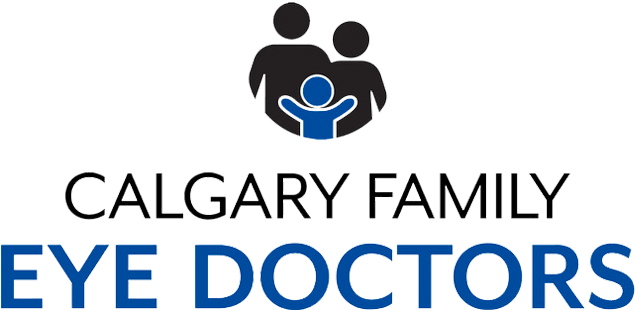If you’ve been feeling constant congestion and irritation, you’re probably dealing with a sinus infection. A sinus infection is a common problem that can easily derail your day. However, sinus infections aren’t just uncomfortable—they can also cause all kinds of other problems.
In particular, because the sinuses are located right around the eyes, infection can also lead to vision problems. If you start to notice blurry vision, swelling, and pressure around your eyes, this could be due to a sinus infection. But remember: sinus infections aren’t the only condition that can affect your eyes, so if you’re dealing with vision changes, make sure to talk to your optometrist.
What Are the Sinuses?
The sinuses are air-filled spaces located in the bones of your skull. They’re connected to the nasal passages and play an important role in your respiratory system. Think of them like a filter for the air you breathe; they trap bacteria and harmful particles and stop them from reaching your lungs.
There are 4 main types of sinuses:
- Maxillary sinuses (located under the eyes)
- Frontal sinuses (located above the eyes)
- Ethmoid sinuses (located between the eyes)
- Sphenoid sinuses (located behind the eyes)
While each type of sinus has its own unique structure, makeup, and function, they share a common purpose—humidifying and filtering the air you breathe.
What Is Sinusitis?
As a side effect of their function, the sinuses are constantly exposed to bacteria and harmful contaminants from the outside air. Sometimes, these particles can overload this filtration system, at which point bacteria can cause inflammation of the tissue of the sinuses themselves.
When this occurs, it’s called “sinusitis.” Sinusitis is an infection that can quickly lead to further problems throughout your body. Sinusitis can be caused by:
- Allergies
- Viruses
- Bacterial exposure
- Fungal infections
When sinusitis develops, the sinuses produce mucus to block the growth of further bacteria. Mucus fills the sinuses and flushes harmful bacteria out, leading to congestion and pressure in surrounding areas.
How to Recognize a Sinus Infection
The first noticeable symptom of a sinus infection is often congestion. This may result in your voice sounding higher-pitched or more nasal than normal. You’ll also likely experience:
- Thick, discoloured mucus
- Facial pain or pressure
- Headaches
- Reduced sense of smell and taste
- Bad breath
- Postnasal drip
- Fever
As your body tries to purge the bacterial infection, these symptoms often worsen. Fortunately, most cases of sinusitis are temporary, and you can find help from a medical professional if the discomfort becomes too prominent.
Why Sinus Infections Inflame the Eyes
Sinus infections don’t stop at the sinuses. Due to their location within your skull, they can quickly start to affect the surrounding systems. The sinuses run around, behind, and under the eyes themselves. When they become inflamed, the sinuses start to swell, putting pressure on nearby areas.
This pressure—alongside the bacteria causing the infection—can often lead to a variety of eye-related problems. One of the most common eye-related symptoms of a sinus infection is a feeling of pressure and pain around the eye area. However, this can easily be mistaken for a regular headache, making it crucial to pay attention to the other signs of a sinus infection.
Meanwhile, the initial inflammation from a sinus infection can also trigger your immune system to go into overdrive. This can cause:
- Swelling
- Redness
- Discharge around the eyes
While symptoms vary from case to case, they include blurry vision and light sensitivity, and, in some cases, double vision. If you experience any significant changes in your vision, visit your optometrist as soon as you can; sinus infections aren’t the only condition that can affect your eyesight and any problems should be addressed as soon as possible.
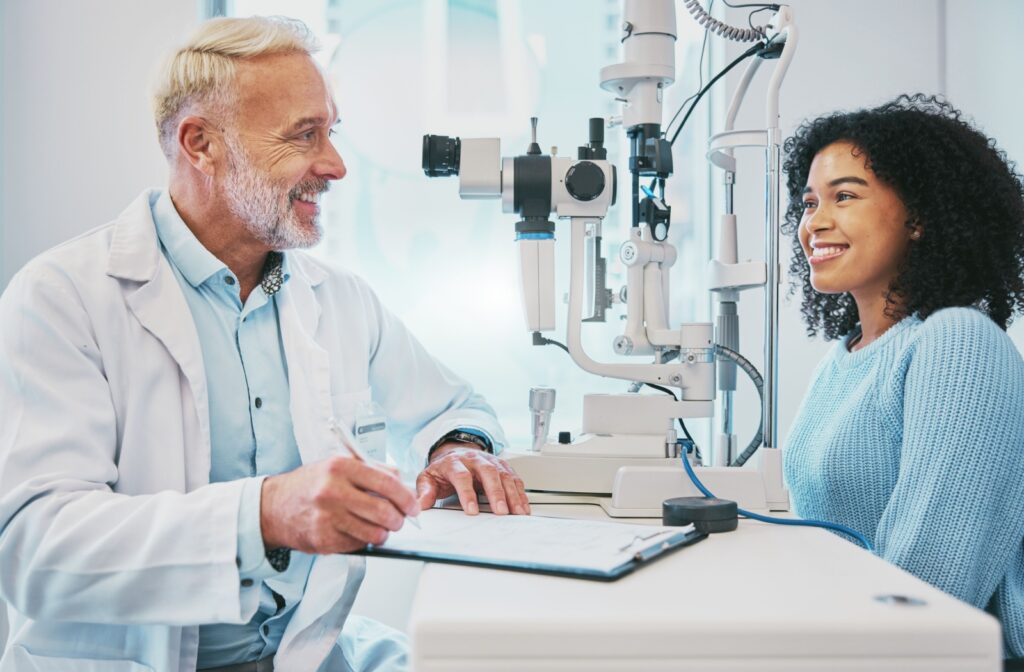
What to Do About Sinus Infections
If you think you’re dealing with a sinus infection, try to be proactive. While the symptoms are temporary, they’re also extremely uncomfortable.
Start with a visit to a healthcare professional. They’ll be able to recommend:
- Saline nasal spray to keep your nasal passages hydrated and moist
- Nasal decongestants to reduce swelling
- Warm compresses to alleviate pain and pressure around the affected area
If you’re dealing with symptoms for more than a week, return for further instruction. And if you ever notice a sudden change in your vision, see your optometrist as soon as you can to determine if you’re at risk of other eye-related conditions.
When to Seek Medical Help for a Sinus Infection
While many sinus infections clear up on their own or with over-the-counter remedies, it’s important to know when professional care is necessary. If symptoms linger for more than 10 days, or if they worsen after initially improving, you may be dealing with chronic sinusitis or a more serious underlying issue.
Seek medical attention if you experience:
- High fever that doesn’t go away
- Severe facial pain or swelling
- Vision changes such as double vision or sudden vision loss
- Confusion or difficulty concentrating
- Swelling around the forehead, eyes, or cheeks
These could be signs that the infection has spread beyond the sinuses and may require prescription medication or additional treatment. Early diagnosis can help prevent complications and get you back to feeling your best faster.
Preventing Future Sinus Infections
If you find yourself dealing with frequent sinus infections, prevention is key. While you can’t always avoid getting sick, there are several steps you can take to reduce your risk of sinus problems and protect both your sinuses and your eyes.
Try the following preventative tips:
- Stay hydrated: Drinking enough water helps thin mucus and keeps sinuses functioning properly.
- Use a humidifier: Dry air can irritate sinus tissues. Keeping indoor air moist, especially in winter, may help.
- Manage allergies: Allergies can inflame sinus tissue. Work with your healthcare provider to keep them under control.
- Practice good hygiene: Wash your hands regularly to reduce your risk of viral infections.
- Avoid smoking and secondhand smoke: Smoke can irritate your nasal passages and increase your risk of infection.
With a few proactive steps and regular checkups with your optometrist or doctor, you can reduce the frequency of sinus infections and their impact on your health and vision.
How Your Optometrist Can Help
Sinus infections can be more than just a minor inconvenience—they can easily lead to problems with your eyes and vision. But there’s no need to deal with this discomfort in silence; if you’re experiencing vision problems, don’t hesitate to contact our team at Calgary Family Eye Doctors. Our team is here to help you maintain comfortable vision, so book an appointment with us today.
